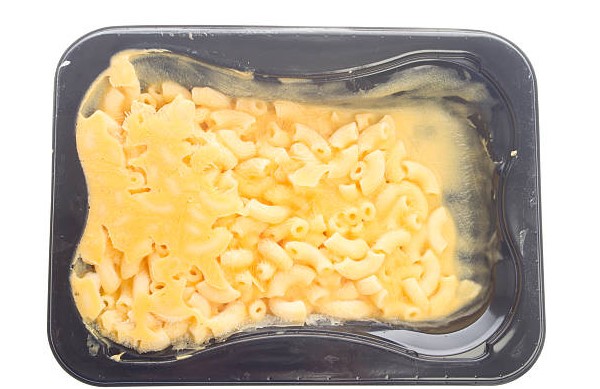Homemade mac and cheese is a delectable dish that often leaves us wanting seconds. But what about the leftovers? Whether you’ve made a large batch for a gathering or simply have some extra mac and cheese from dinner, it’s important to know how long it can be safely stored and enjoyed. In this article, we’ll provide you with valuable information on the shelf life and storage guidelines for homemade mac and cheese, ensuring that you can savor its flavors without compromising your health.
Refrigerating Mac and Cheese
After preparing your homemade mac and cheese, it’s crucial to cool it down properly before storing it in the refrigerator. Let the dish sit at room temperature for no more than two hours to avoid bacterial growth. Once cooled, transfer it to an airtight container or cover it tightly with aluminum foil or plastic wrap. Refrigerated mac and cheese can be stored for up to 3-5 days, maintaining its taste and quality if stored properly.
Freezing Mac and Cheese
If you find yourself with a surplus of mac and cheese or want to prepare a batch in advance for future meals, freezing is an excellent option. Start by portioning the mac and cheese into individual servings or family-sized containers. This allows for easier reheating and avoids unnecessary wastage. Before freezing, make sure the dish has completely cooled down to room temperature. Wrap the container tightly with plastic wrap or place it in a freezer-safe bag, ensuring no air can enter. Frozen mac and cheese can be stored for up to 2-3 months without a significant loss in quality.

Thawing and Reheating
When the time comes to enjoy your refrigerated or frozen mac and cheese, proper thawing and reheating techniques are essential. If you’ve refrigerated the dish, take it out of the refrigerator and let it come to room temperature for about 15-20 minutes. To reheat, transfer the mac and cheese to an oven-safe dish, cover it with aluminum foil, and bake it in a preheated oven at around 350°F (175°C) until it’s heated through. Stirring occasionally during the reheating process helps ensure even heat distribution. If you’ve frozen the mac and cheese, thaw it overnight in the refrigerator before reheating following the same instructions.
Quality and Safety Considerations
While homemade mac and cheese can be safely stored and enjoyed for several days, it’s important to exercise caution and use your senses to determine if it’s still good to eat. If you notice any unusual odor, mold growth, or a significant change in texture or taste, it’s best to discard the dish. Additionally, if mac and cheese has been left at room temperature for more than two hours or has been improperly stored, it’s advisable to err on the side of caution and avoid consuming it to prevent foodborne illnesses.
Homemade mac and cheese is a versatile and satisfying dish that can be enjoyed over multiple meals. By following proper storage guidelines, you can extend its shelf life and ensure its safety for consumption. Remember to refrigerate or freeze your mac and cheese promptly, thaw and reheat it thoroughly, and use your senses to determine its quality. With these tips in mind, you can confidently enjoy your homemade mac and cheese, knowing you’re savoring it at its best while minimizing any potential health risks.




